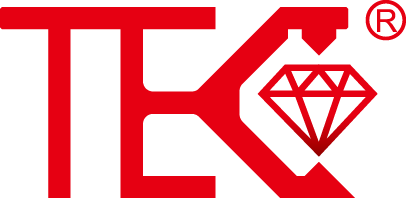DigitalOutputMagnetostrictiveLiquidLevelGaugesExplained
Understanding Magnetostrictive Level Measurement Technology
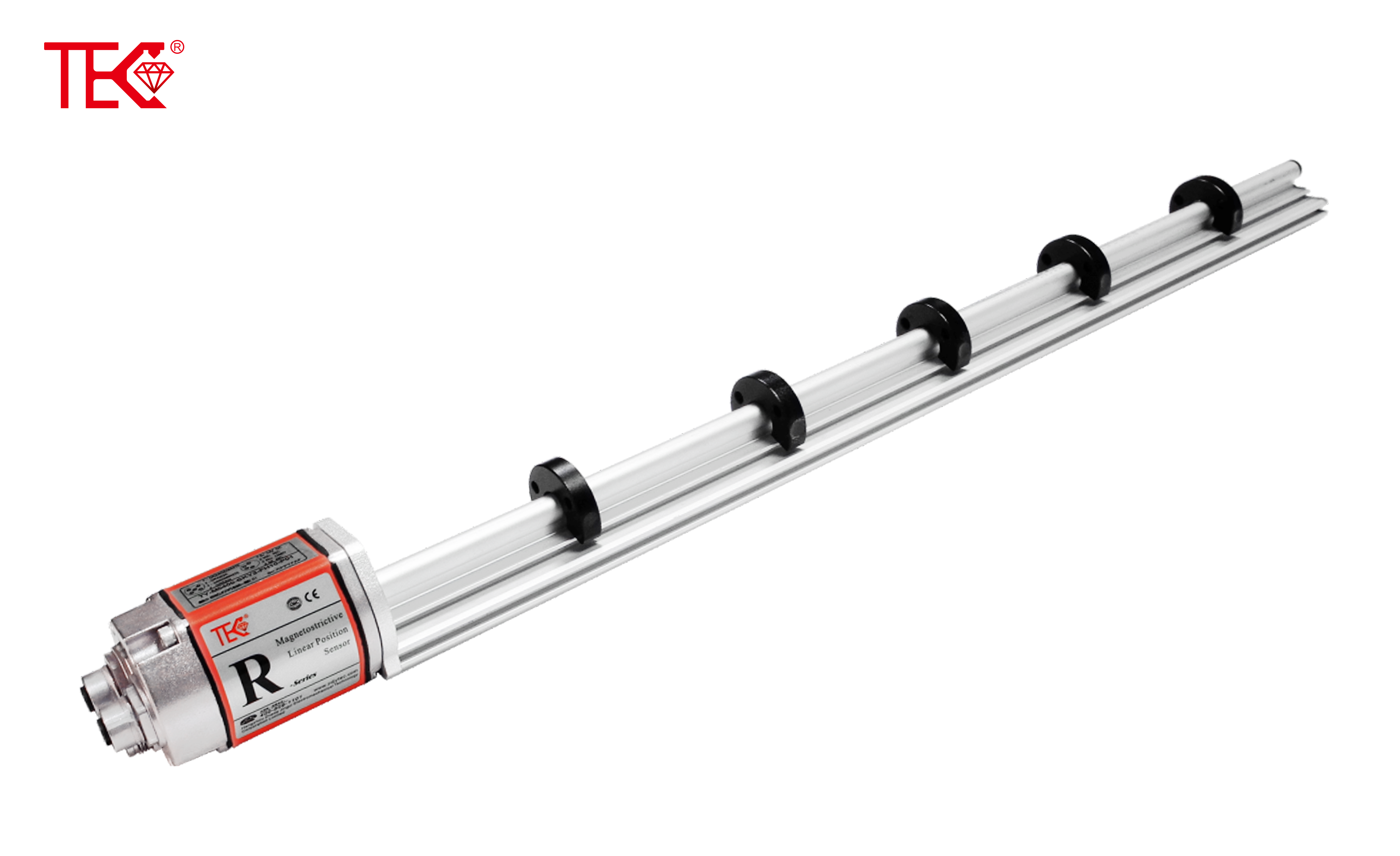
Magnetostrictive liquid level gauges represent sophisticated measurement instruments that deliver exceptional accuracy in industrial applications. These devices operate on a fundamental physical principle where a magnetic field interacts with magnetostrictive materials to determine precise liquid levels. The technology utilizes a specialized waveguide wire that generates torsional stress waves when encountering magnetic fields from a floating magnet. This interaction creates highly reliable continuous level measurement capable of achieving remarkable precision within millimeters. Industries ranging from chemical processing to oil refineries depend on these systems for critical inventory management and process control applications where measurement reliability is paramount.
Core Components and Working Mechanism
The operational excellence of magnetostrictive level gauges stems from their meticulously engineered components. A typical system comprises three primary elements: a float containing permanent magnets that moves with liquid level changes, a magnetostrictive waveguide wire enclosed within a protective tube, and an electronic transceiver module. The float magnet generates a circumferential magnetic field around the waveguide, while the electronics module sends current pulses down the wire. When these pulses encounter the magnetic field from the float, they create torsional waves that travel back to the sensing element at precise sonic speeds. The time difference between pulse transmission and wave detection directly correlates to the exact float position, enabling unparalleled level measurement accuracy.
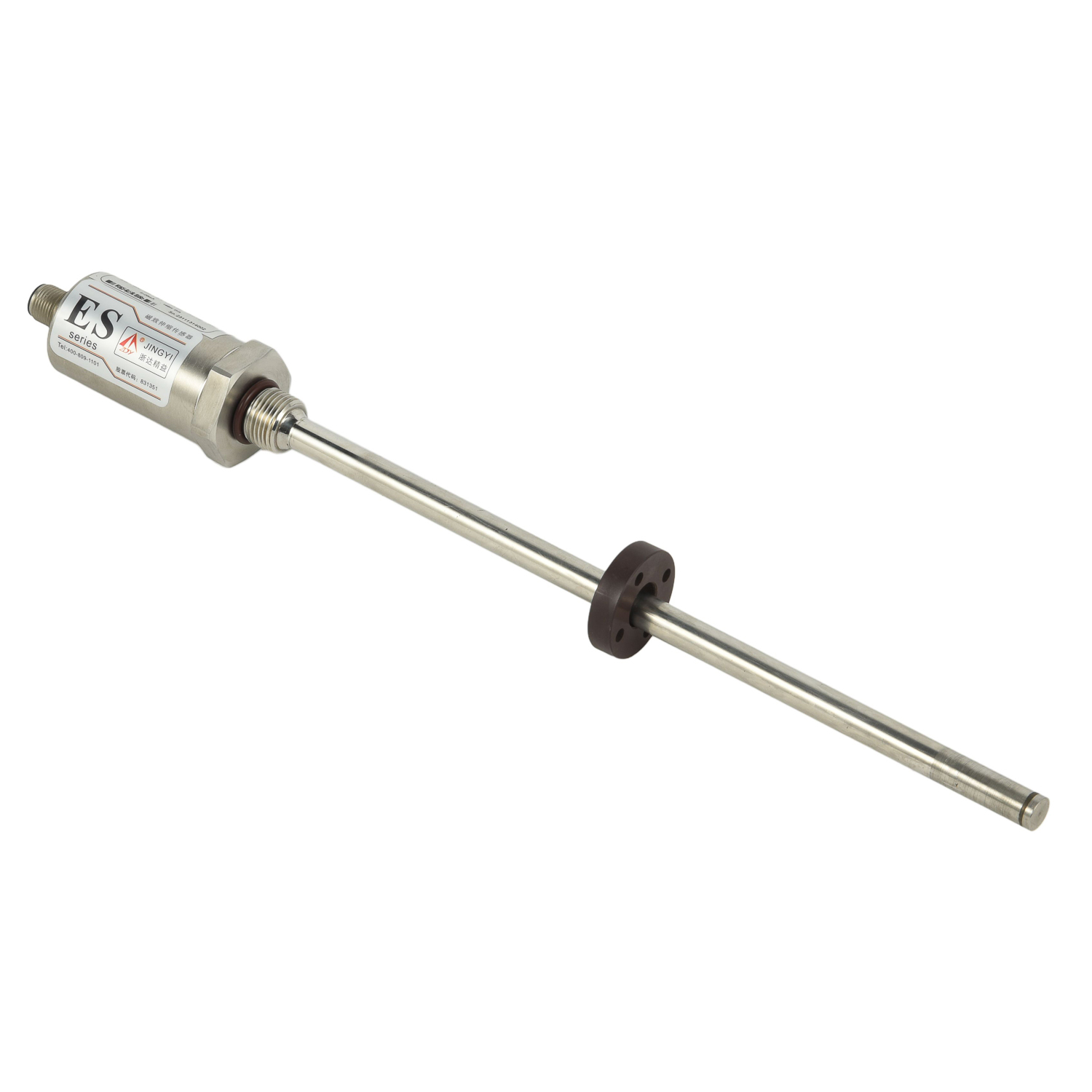
Digital Output Advantages Over Analog Systems
Modern magnetostrictive liquid level gauges with digital output capabilities significantly outperform traditional analog systems in multiple aspects. Digital interfaces eliminate signal degradation issues common in analog transmission, maintaining data integrity across long distances. These systems provide direct compatibility with industrial networks including HART, Profibus, and Foundation Fieldbus, enabling seamless integration with plant control systems. Digital communication facilitates advanced diagnostics, remote configuration capabilities, and real-time performance monitoring. The elimination of analog-to-digital conversion stages reduces potential error sources while enabling sophisticated features like temperature compensation and multi-point measurement within single instruments.
Industrial Applications and Implementation Scenarios
Magnetostrictive level gauges with digital outputs serve diverse industrial sectors with demanding measurement requirements. In chemical processing plants, they ensure precise inventory management of raw materials and finished products while withstanding aggressive media. Oil and gas facilities utilize these instruments for custody transfer applications where measurement accuracy directly impacts financial transactions. Power generation plants implement them for fuel oil level monitoring and chemical feed system control. These gauges excel in applications requiring continuous level monitoring of interfaces between immiscible liquids, providing reliable data for process optimization and safety system activation across various operating conditions.
Installation Best Practices and Maintenance Guidelines
Proper installation and maintenance procedures are crucial for optimizing magnetostrictive liquid level gauge performance. Installation requires careful attention to mounting orientation, ensuring the gauge remains perfectly vertical within specified tolerance ranges. The instrument must maintain adequate clearance from tank walls and internal obstructions to prevent float interference. For optimal performance in agitated tanks, stilling wells or baffle plates may be necessary to stabilize liquid surface turbulence. Regular maintenance involves periodic verification of float mobility, inspection for material buildup, and calibration checks using manufacturer-recommended procedures. Digital diagnostic features enable predictive maintenance strategies by monitoring performance parameters and alerting operators to potential issues before they impact measurement accuracy.
Performance Comparison with Alternative Technologies
When evaluated against competing level measurement technologies, magnetostrictive gauges demonstrate distinct advantages in specific application scenarios. Compared to traditional float gauges, they provide superior accuracy and digital communication capabilities without mechanical linkages. Against radar level instruments, magnetostrictive technology offers better performance in applications with foam formation or small tank geometries. Differential pressure transmitters cannot match the direct level measurement accuracy of magnetostrictive systems, particularly during density variations. While ultrasonic level sensors struggle with vapor space conditions, magnetostrictive gauges maintain reliable operation regardless of atmospheric composition between the float and sensor head.
Future Developments and Technology Trends
The evolution of magnetostrictive liquid level measurement continues with emerging technological enhancements. Next-generation instruments incorporate wireless communication protocols including WirelessHART for simplified installation in existing facilities. Advanced materials science developments are producing specialized floats capable of withstanding extreme temperatures up to 400°C and pressures exceeding 300 bar. Integrated multi-parameter measurement capabilities are expanding to include simultaneous temperature profiling along the entire probe length. Smart diagnostics utilizing artificial intelligence algorithms can now predict maintenance requirements by analyzing historical performance data, while improved cybersecurity features protect digital communication channels from unauthorized access in networked industrial environments.
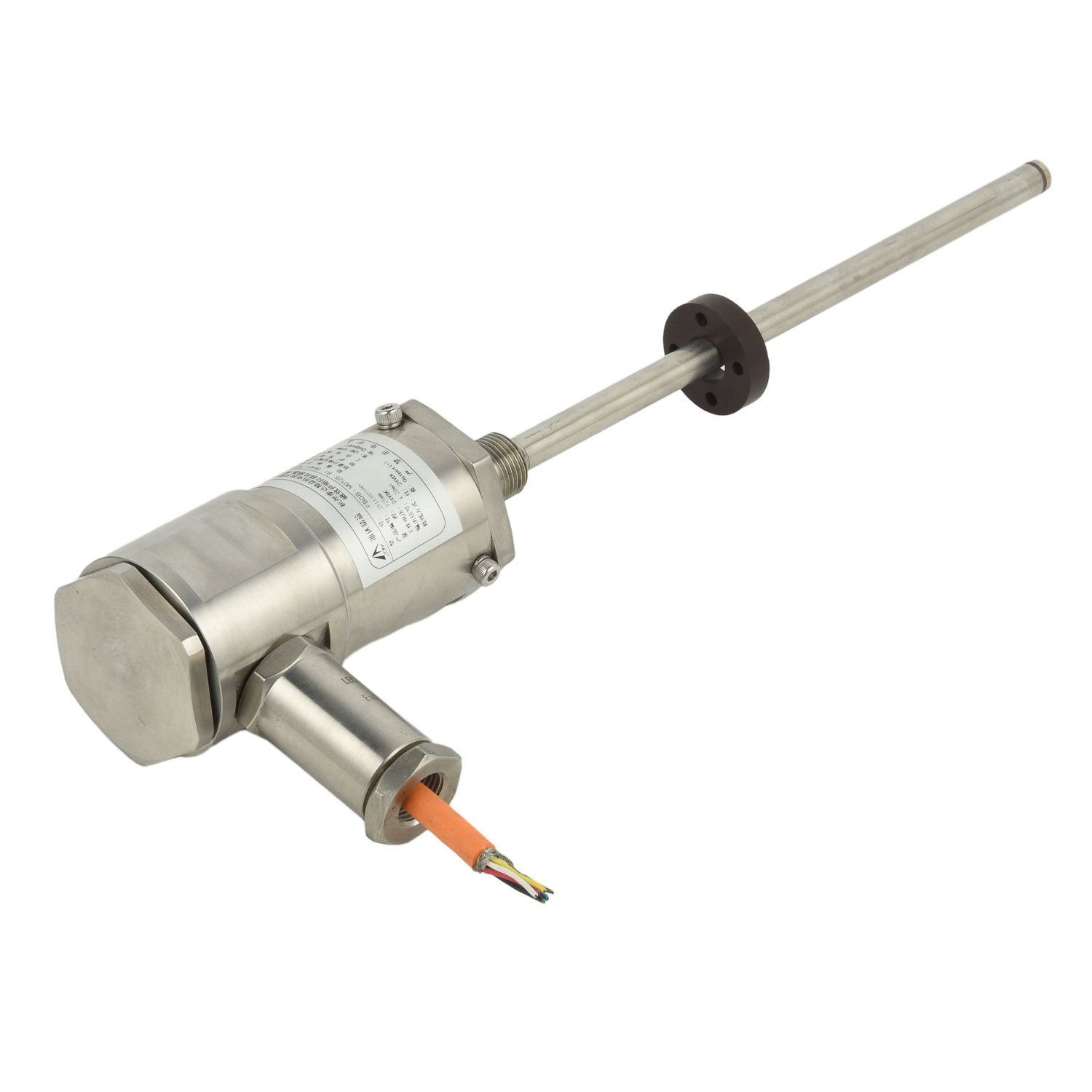 UpgradingYourLevelMeasurementS
UpgradingYourLevelMeasurementS
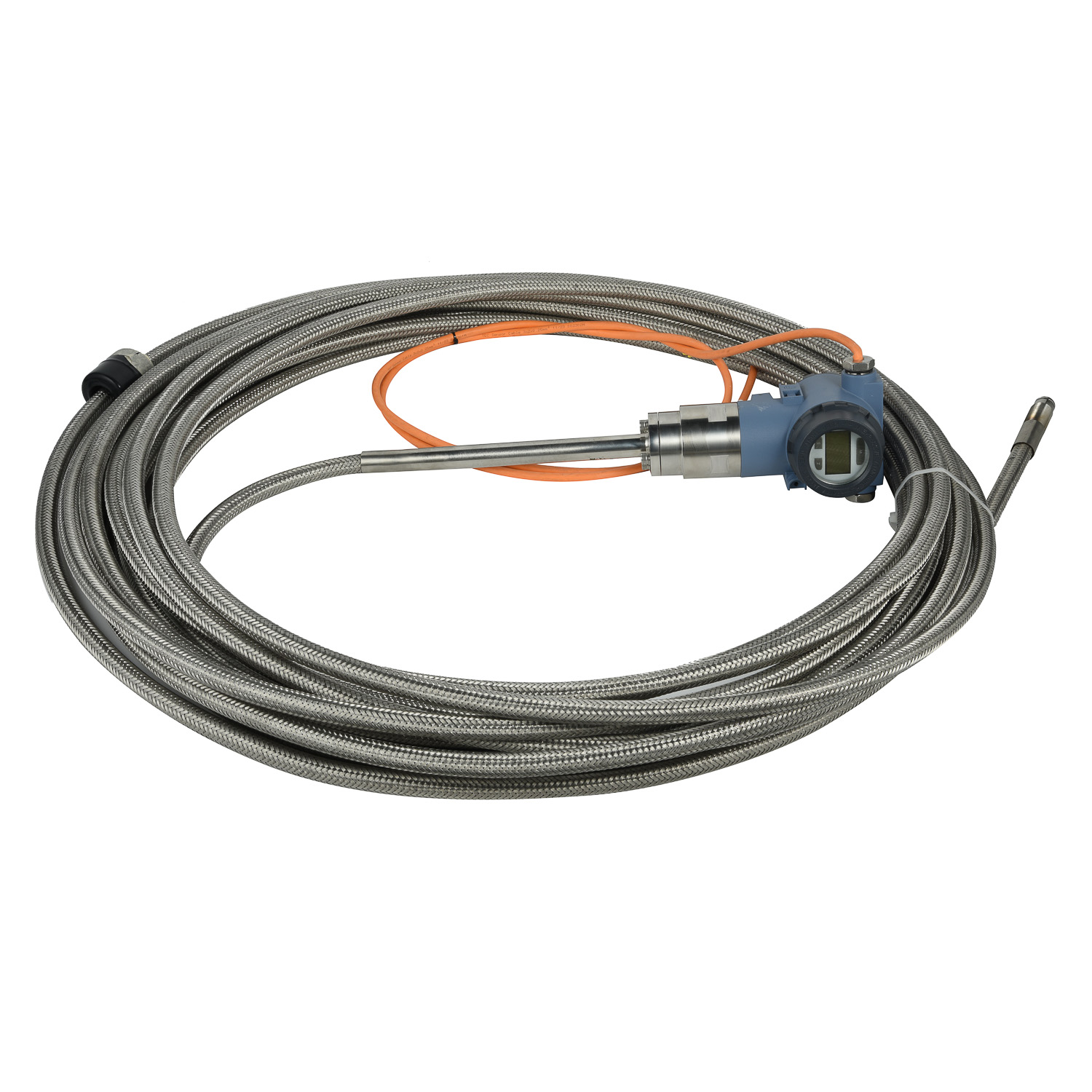 Why are magnetostrictive level
Why are magnetostrictive level
 ComparingMagnetostrictiveandRa
ComparingMagnetostrictiveandRa
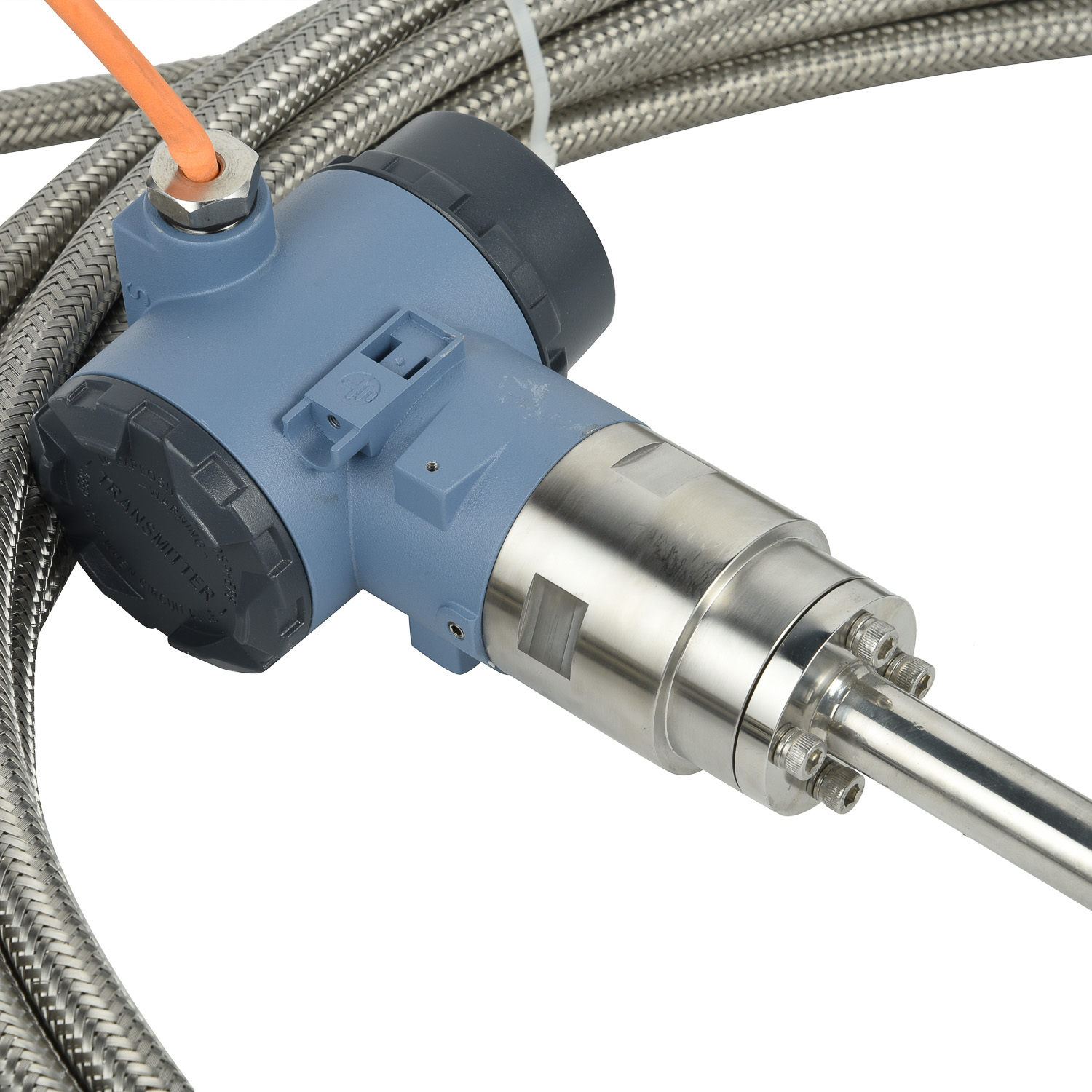 MagnetostrictiveLevelSensorfor
MagnetostrictiveLevelSensorfor
